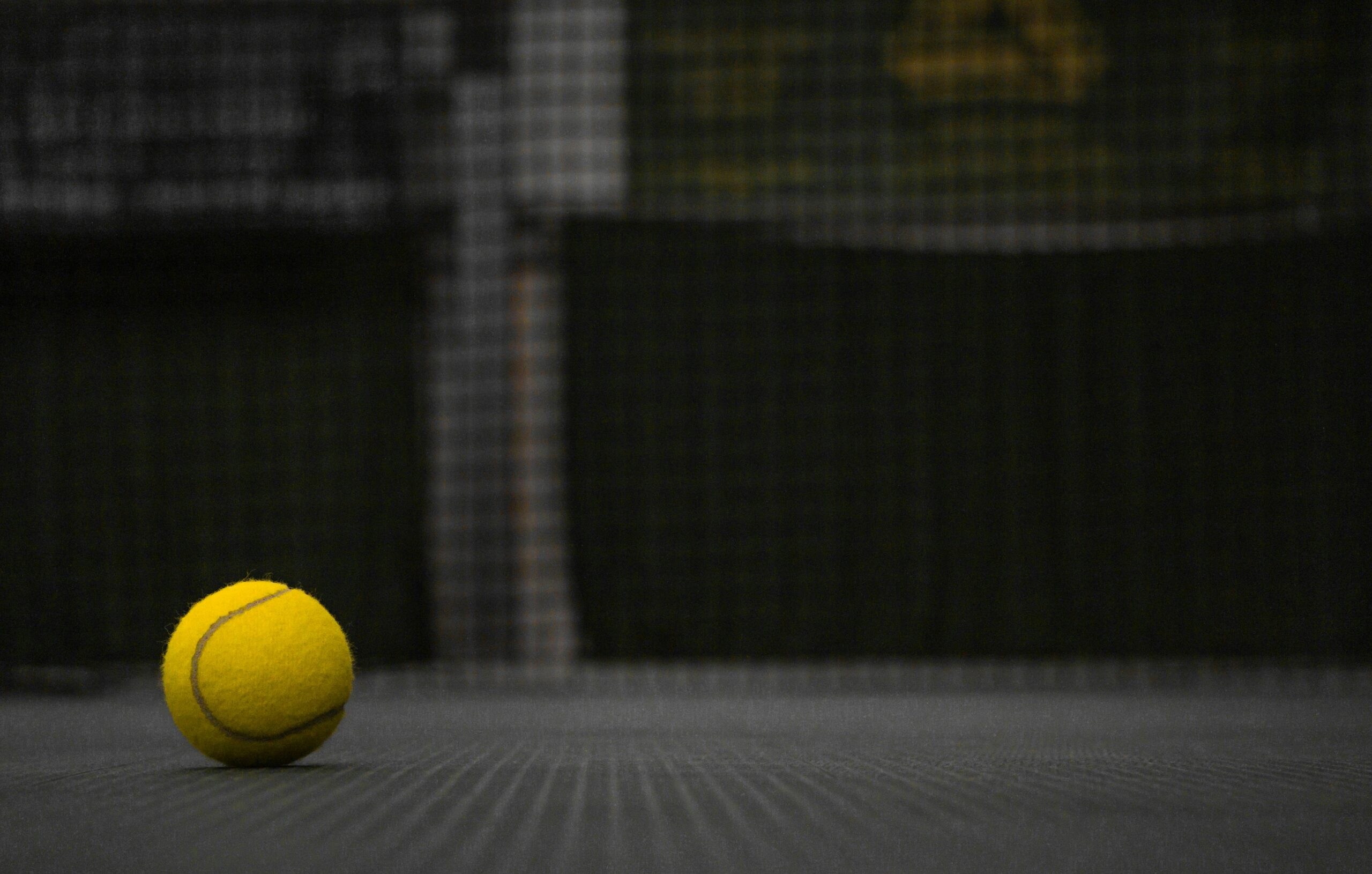
Racquetball, a fast-paced and energetic sport, has a rich history that spans decades, with its roots tracing back to paddleball. Today, it is a popular indoor sport played across the globe, but its development reflects an interesting journey from its early days to the modern courts we see today. In this article, we will explore the transformation of racquetball, its key milestones, and its rise to prominence.
Early Origins: The Birth of Paddleball
The history of racquetball can be traced to a game called paddleball, which originated in the early 20th century. Paddleball was played with solid paddles and a rubber ball, and it was often enjoyed by people in various recreational settings, especially in the United States. While it wasn’t a formalized sport at the time, it laid the foundation for what would eventually become racquetball. The game was played in various locations, such as on beaches and in parks, where people would bounce a ball off a wall using their paddles.
Though paddleball itself did not have the competitive structure that we see in modern racquetball, it gained popularity due to its simplicity and the minimal equipment needed. The casual nature of the sport made it accessible, and it continued to be played by many, particularly in the mid-20th century.
The Birth of Racquetball: A Game Changer
In the late 1940s and early 1950s, the evolution of racquetball took a significant turn. A man named Joe Sobek, a sports enthusiast, and inventor, was one of the key figures in shaping the future of the sport. Sobek was inspired by the combination of paddleball and handball, and in 1950, he designed a new game that utilized a strung racquet. This was the birth of modern racquetball.
Sobek’s game was a refinement of paddleball, adding a racquet to increase the game’s speed and precision. He initially called it “paddle racquets,” and later, it became known as racquetball. Sobek’s vision was to create a game that was easier to learn, faster, and more dynamic than its predecessors. He used a rubber ball and played the game in a four-walled court, which set it apart from the open spaces used for previous paddle games. This setup quickly became a defining characteristic of racquetball.
The Rise of Competitive Racquetball
In the following decades, racquetball gained traction and became more formalized. During the 1960s and 1970s, the sport exploded in popularity, particularly in the United States. Many racquet clubs were built, and the sport became a staple in gyms and fitness centers across the country. The creation of the first official rulebook in 1969 by the newly formed U.S. Racquetball Association (USRA) further solidified racquetball as a legitimate competitive sport.
As racquetball grew in popularity, so did its competitive scene. Professional tournaments began to be organized, with players competing for national and international titles. The 1970s and 1980s saw the emergence of legendary players such as Charlie Brumfield, one of the first racquetball stars, and later stars like Cliff Swain and Sudsy Monchik. These athletes helped elevate the sport’s status and bring it to a broader audience, showcasing racquetball’s athleticism and excitement.
Modern Racquetball: Innovation and Popularity
Today, racquetball continues to thrive as a global sport. Its competitive landscape has expanded, with professional tours like the International Racquetball Tour (IRT) hosting events worldwide. The sport has become a key part of fitness culture, as people recognize the numerous health benefits it offers, from cardiovascular conditioning to full-body strength building. New innovations in racquet technology have made the sport even faster and more accessible, attracting players of all ages and skill levels.
Racquetball courts have also evolved over the years, with modern facilities offering advanced designs and amenities that cater to the growing number of players. Some courts now feature transparent walls and enhanced lighting, allowing for better viewing experiences and smoother gameplay. Despite the evolution, the essence of the sport—quick reflexes, powerful shots, and strategic play—remains unchanged.
From its humble beginnings in the form of paddleball to becoming a competitive sport played on state-of-the-art courts, the history of racquetball is a testament to the spirit of innovation and the pursuit of fun and fitness. Joe Sobek’s vision has lived on through generations of athletes and enthusiasts who continue to enjoy the sport. As racquetball continues to evolve, it stands as a shining example of how a simple idea can grow into a global phenomenon.